


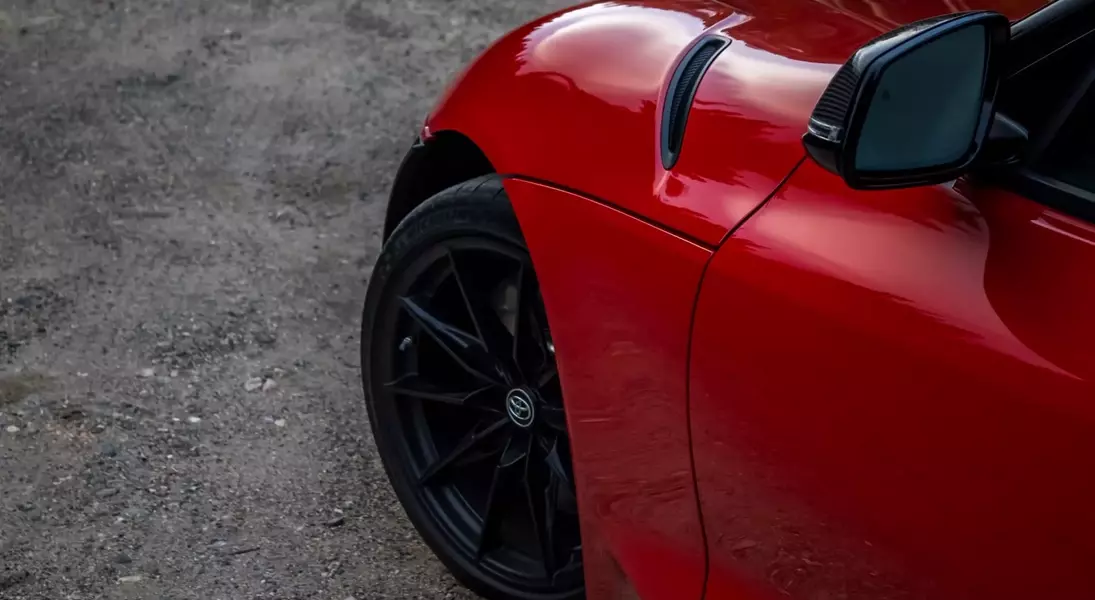
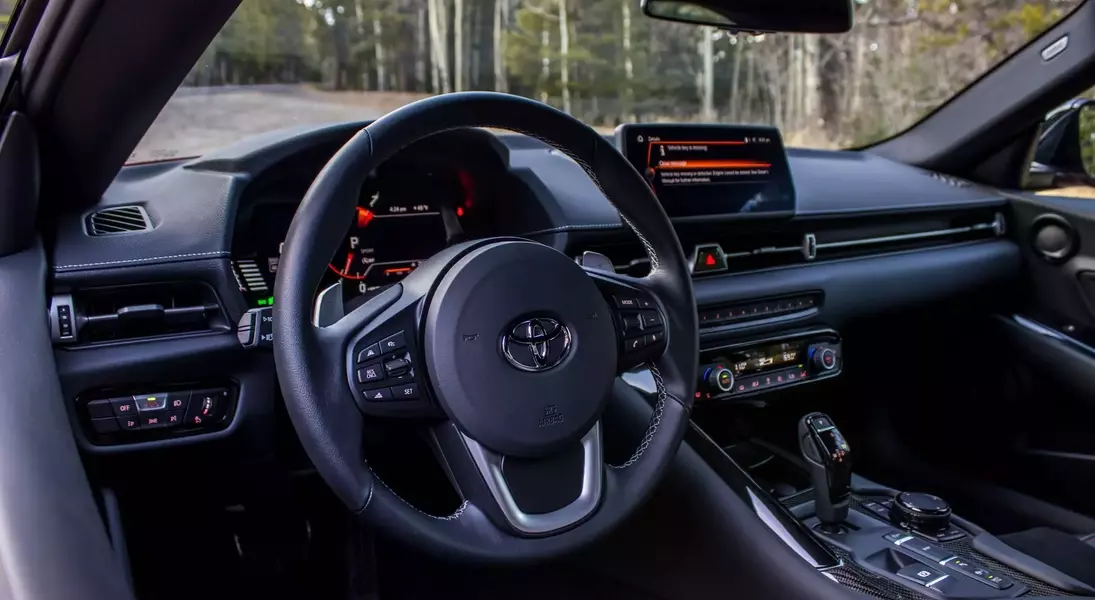
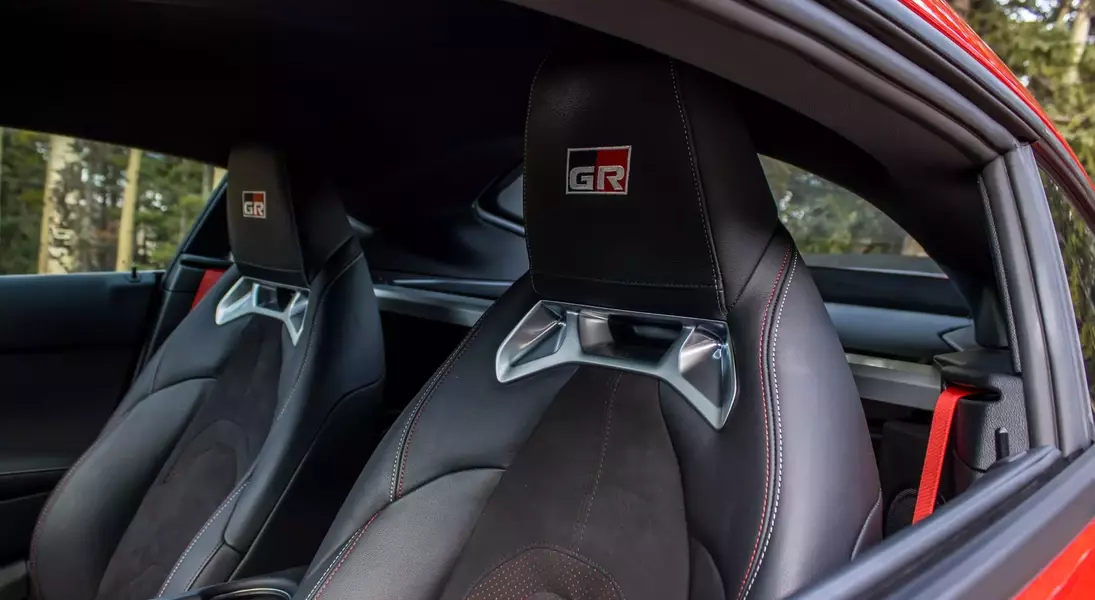

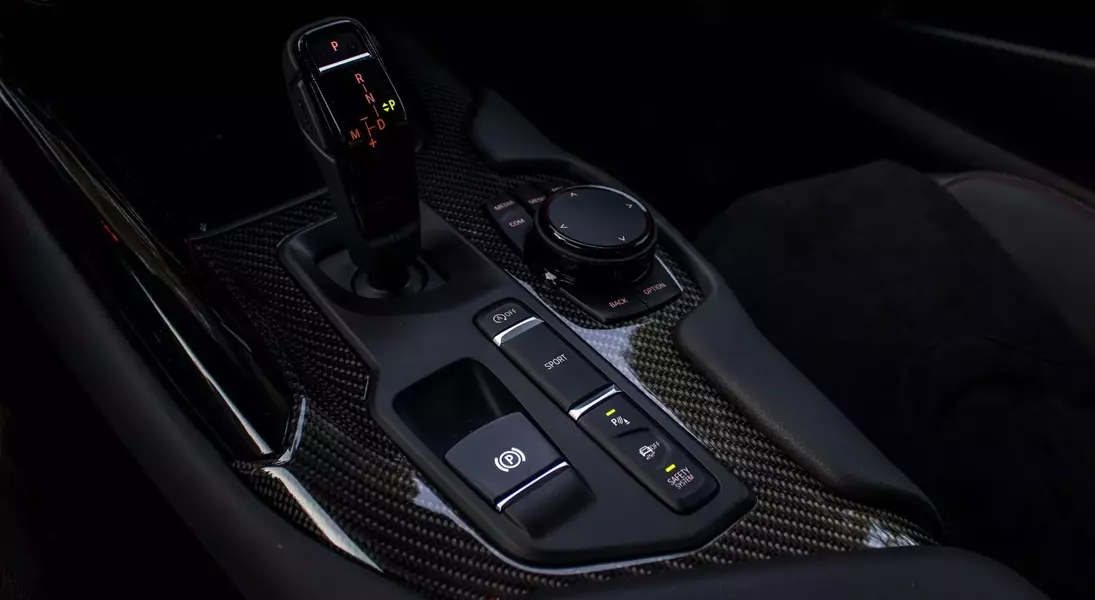
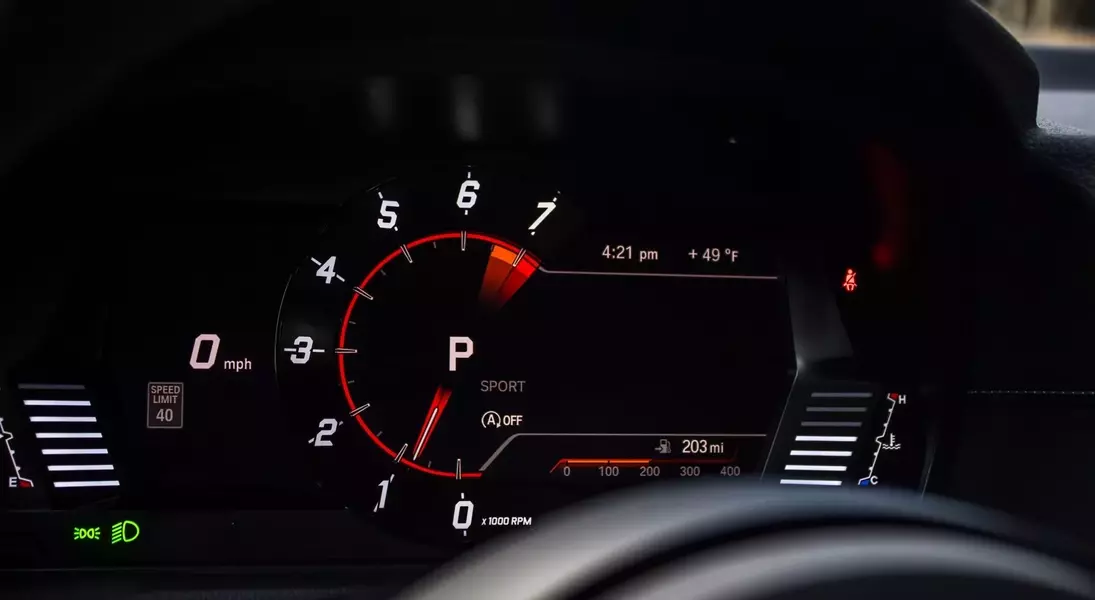
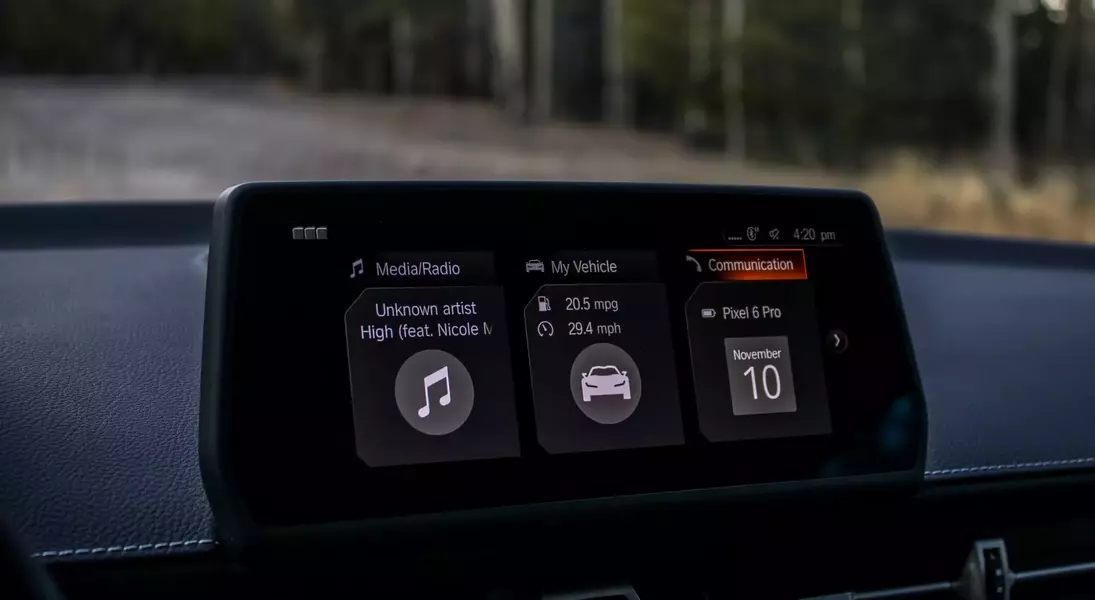
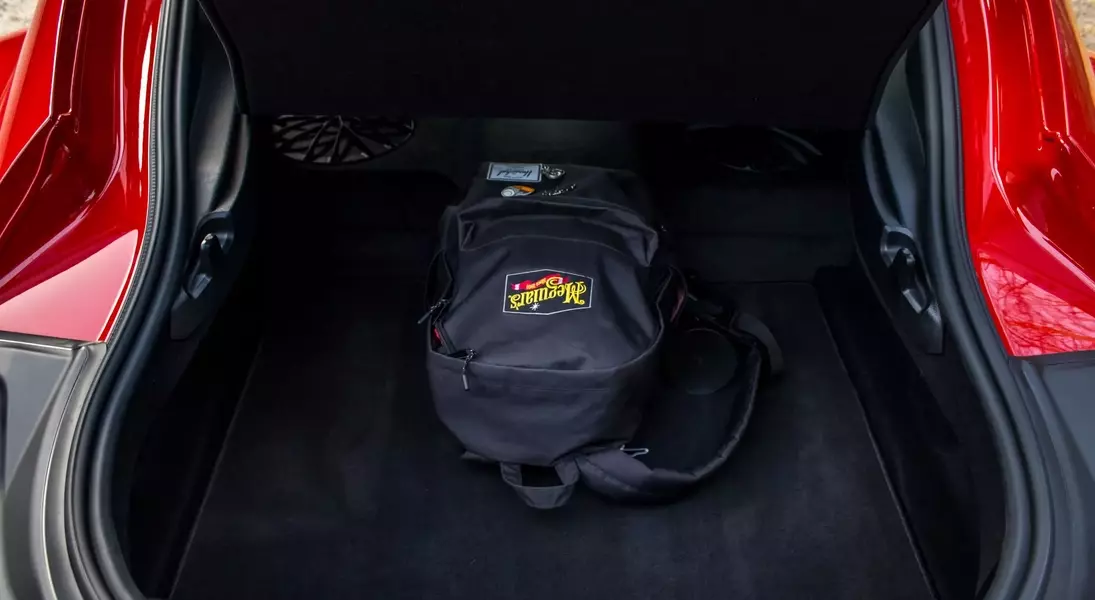


This analysis critically examines the Toyota Supra's fifth generation, particularly its Final Edition, through the lens of its BMW heritage. While acknowledging the robust performance delivered by the BMW-sourced B58 engine, the review highlights persistent concerns regarding the Supra's market positioning. Its steep pricing, coupled with aging technology and a firm ride, positions it unfavorably against direct competitors like the BMW M2, Nissan Z, and Ford Mustang, which often offer superior performance, more modern features, and better overall value. The article argues that despite Toyota's efforts to enhance its track capabilities, the Supra struggles to establish a distinct identity, suggesting that its reliance on shared platforms ultimately detracts from its appeal as a standalone sports car icon.
The discussion concludes that unless buyers are specifically drawn to the Supra's current form, they might find more compelling options among its rivals. This experience serves as a crucial lesson for Toyota, emphasizing the importance of creating vehicles that possess a unique character, even when collaborating with other manufacturers. The success of joint ventures like the BRZ/GT86, where both cars maintain their individuality, underscores the need for the Supra to carve out its own niche in the competitive sports car market, rather than being perceived as a derivative product that fails to surpass its foundational components.
The Supra's Enduring Identity Challenge
Despite significant track-focused enhancements in its Final Edition, the Toyota Supra continues to grapple with the expectations set by its legendary nameplate and the formidable competition in its price segment. Largely built on BMW's B58 engine and incorporating older interior components, the MK V Supra consistently faces scrutiny regarding its authenticity and performance value. Priced between $50,000 and $70,000, it navigates a highly competitive landscape populated by esteemed rivals such as the BMW M2, BMW M240i, Nissan Z, and Ford Mustang. The Supra's historical legacy, particularly its iconic predecessors, sets an almost unattainable benchmark, making it difficult for the current generation to carve out a fully independent identity. As production nears its end, the MK V Supra is still perceived as a car that hasn't fully transcended its shared underpinnings, remaining tethered to its BMW origins rather than evolving into a truly distinctive Toyota.
The current generation of the Toyota Supra, particularly its Final Edition, showcases Toyota's efforts to enhance its track-focused capabilities. These significant upgrades include new software for the rear differential to boost traction and minimize understeer, a reinforced underbody brace, sharper steering response, enhanced Brembo brakes, and a comprehensively revised suspension system. The suspension modifications specifically incorporate increased camber, more robust rubber bushings, a new front anti-roll bar, and recalibrated adaptive dampers. While these improvements undeniably transform the Supra into a highly capable track machine, allowing for quick and efficient lap times, they come at the cost of ride comfort, making the car notably stiffer than many competitors. This extreme stiffness, even more pronounced than that of vehicles like the Civic Type R or GR Corolla, suggests that these enhancements are primarily aimed at dedicated track enthusiasts, potentially alienating those seeking a more balanced daily driving experience.
Value Proposition and Competitive Landscape
The Toyota Supra's pricing strategy, especially for its Final Edition, raises questions about its overall value proposition when measured against its competitors. The Final Edition commands a substantial premium of approximately $8,000 over previous top-tier trims, with the addition of options like a driver assistance package and destination fees pushing the total price beyond $71,000. This elevated cost becomes particularly challenging to justify given the Supra's use of an older BMW infotainment system that lacks contemporary features such as Android Auto and USB-C charging. Critics argue that a vehicle positioned as the pinnacle of Toyota's performance offerings should provide more up-to-date technology and a better feature-to-price ratio. When compared to the BMW M2, which can be acquired for a similar price point of around $70,225, the Supra's disadvantages become clear. The M2 not only offers an additional 100 horsepower and superior driving dynamics but also features a more refined manual transmission, a stark contrast to the Supra's awkwardly integrated manual option.
Beyond the BMW M2, other sports cars present compelling alternatives that highlight the Supra's struggles in terms of performance per dollar. The Ford Mustang, for instance, is considerably more affordable and offers a robust, naturally aspirated V8 engine, appealing to those who prioritize raw power and classic muscle car aesthetics. Even without the Final Edition upgrades, a base Mustang significantly undercuts the Supra's starting price of $57,500. Similarly, the Nissan Z offers enhanced practicality, including improved cargo space and daily usability, alongside a modern infotainment system and a superior six-speed manual gearbox, all for approximately $44,000. These alternatives suggest that while the Supra boasts a powerful B58 engine, its overall package, encompassing price, technology, and driving experience, falls short of the market's expectations. The perception that the Supra is merely a re-bodied BMW, rather than a uniquely engineered Toyota, ultimately diminishes its appeal, making other brands' offerings more attractive to discerning buyers who seek both performance and value.
